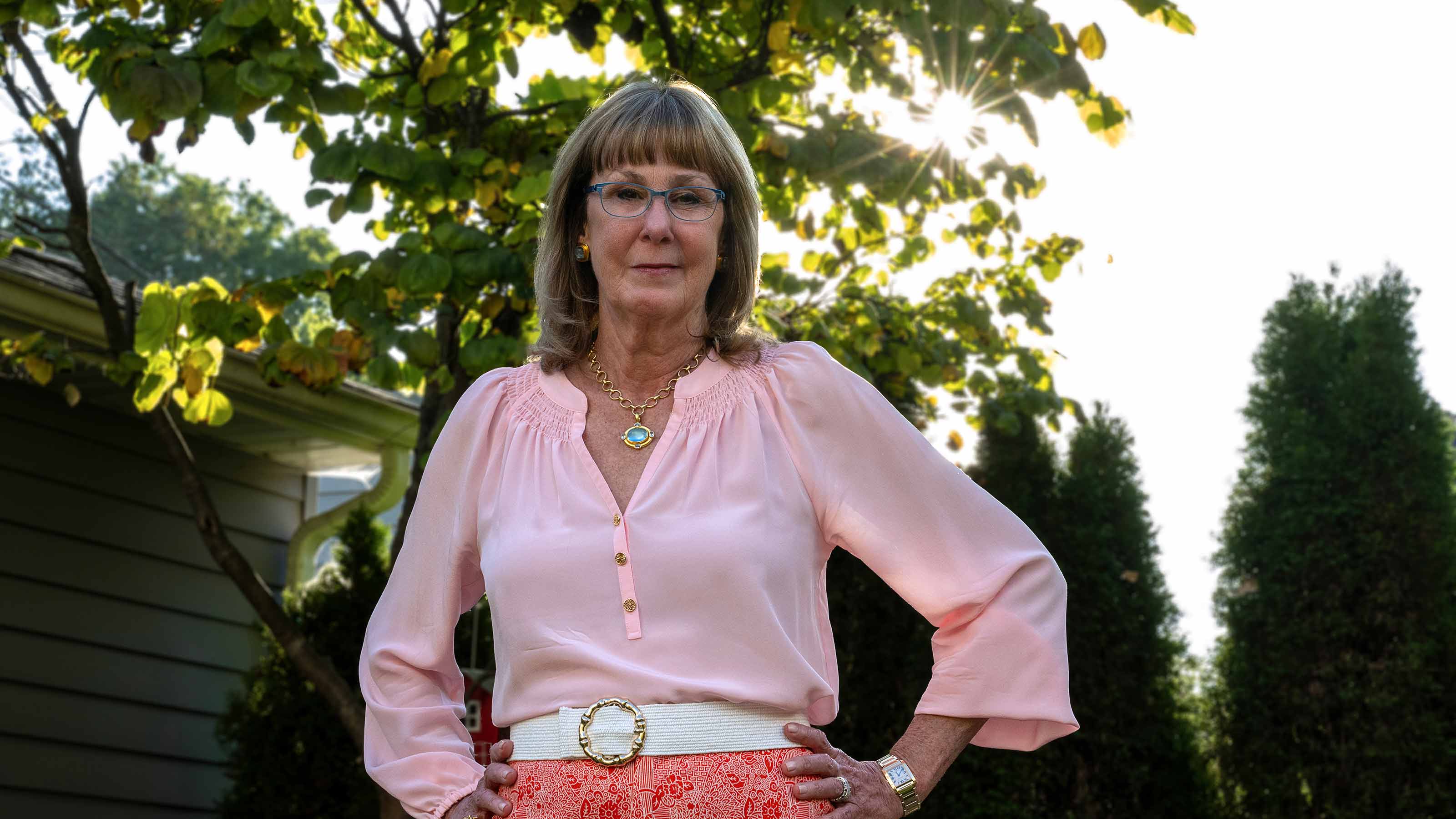High-risk pregnancy: Twins against the odds
Identical twin sisters are thriving because of the care of Ohio State maternal fetal medicine specialists.
The first surprise was in the ultrasound image: not one, but two bean-shaped figures.
“Wait, are you serious?” Chad Feinberg asked the ultrasound technician. “Check again.”
A little over a month after that doctor’s appointment in the summer of 2024 came another surprise: The twins nestled in the same amniotic sac and shared the same placenta. They were monoamniotic-monochorionic, or MoMo, twins, a rare condition in only about 1 in every 8,000 pregnancies.
“You’re about as likely to get struck by lightning as you are to have the twins we had,” Madison Feinberg says.
Over the weeks that followed, the Feinbergs learned the risks their twins faced. The umbilical cords could get tangled, limiting or cutting off blood to one or both of them. One twin could develop a lot more slowly than the other. They could die from complications.
“It was overwhelming to know you have one of the rarest high-risk pregnancies,” Madison Feinberg says. “We just hoped and prayed whatever was going to happen, we could deal with it.”
Expertise for the most complicated pregnancies
While MoMo twins are rare, high-risk pregnancies are not.
On average, 25 to 30% of mothers nationally have a complication while they’re pregnant, during delivery or afterward, and that rate is increasing.
“We’re seeing more mothers getting pregnant with medical conditions and taking more medications. That can make it complex for both mom and baby,’’ says Maged Costantine, MD, director of the Division of Maternal Fetal Medicine and the Frederick P. Zuspan, MD, Chair in Obstetrics and Gynecology at The Ohio State University College of Medicine.
Across the state, the most challenging pregnancies are referred to The Ohio State University Wexner Medical Center, where a team of experts can recognize the early warning signs of high-risk pregnancies, treat their conditions and ease the worries of anxious parents.
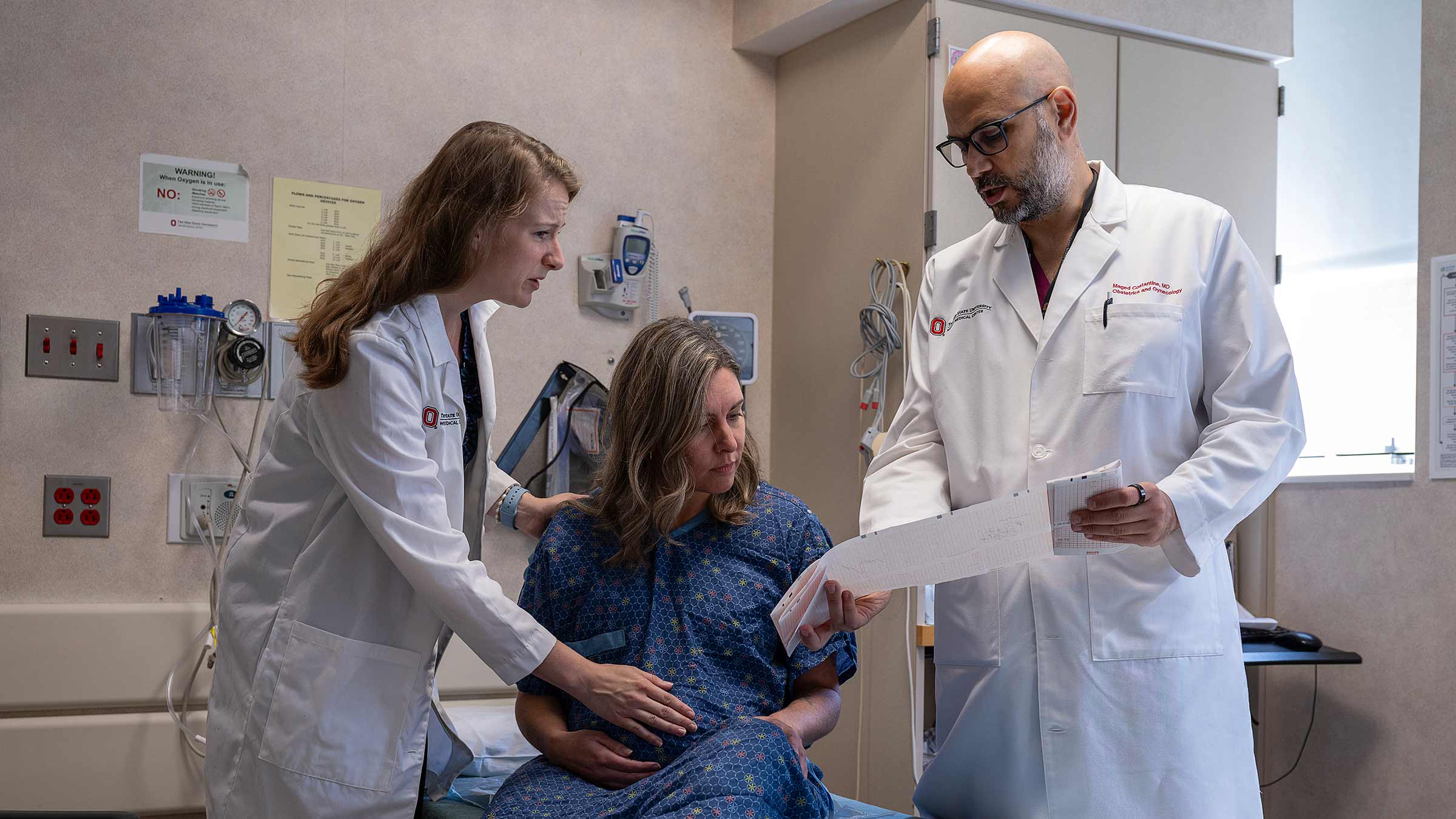
The Maternal Fetal Medicine (MFM) team at Ohio State includes specialists in treating mothers with high blood pressure, heart conditions, diabetes, substance abuse, and complications with their placenta, among other issues. When a fetus is not growing at a healthy pace or a baby is born prematurely, the MFM team works with doctors at Nationwide Children’s Hospital to ensure the best care, both for the expecting parent and their newborn.
“This is the safest place to have a baby. We see a lot of mothers with high-risk conditions who give birth to healthy babies,” says Dr. Costantine.
At the same time, maternal fetal medicine doctors at Ohio State are researching treatments to make pregnancies and births even safer. The team is part of a nationwide research collaborative that allows birthing parents to join clinical trials, giving them more chances to get the best treatments for whatever they face.
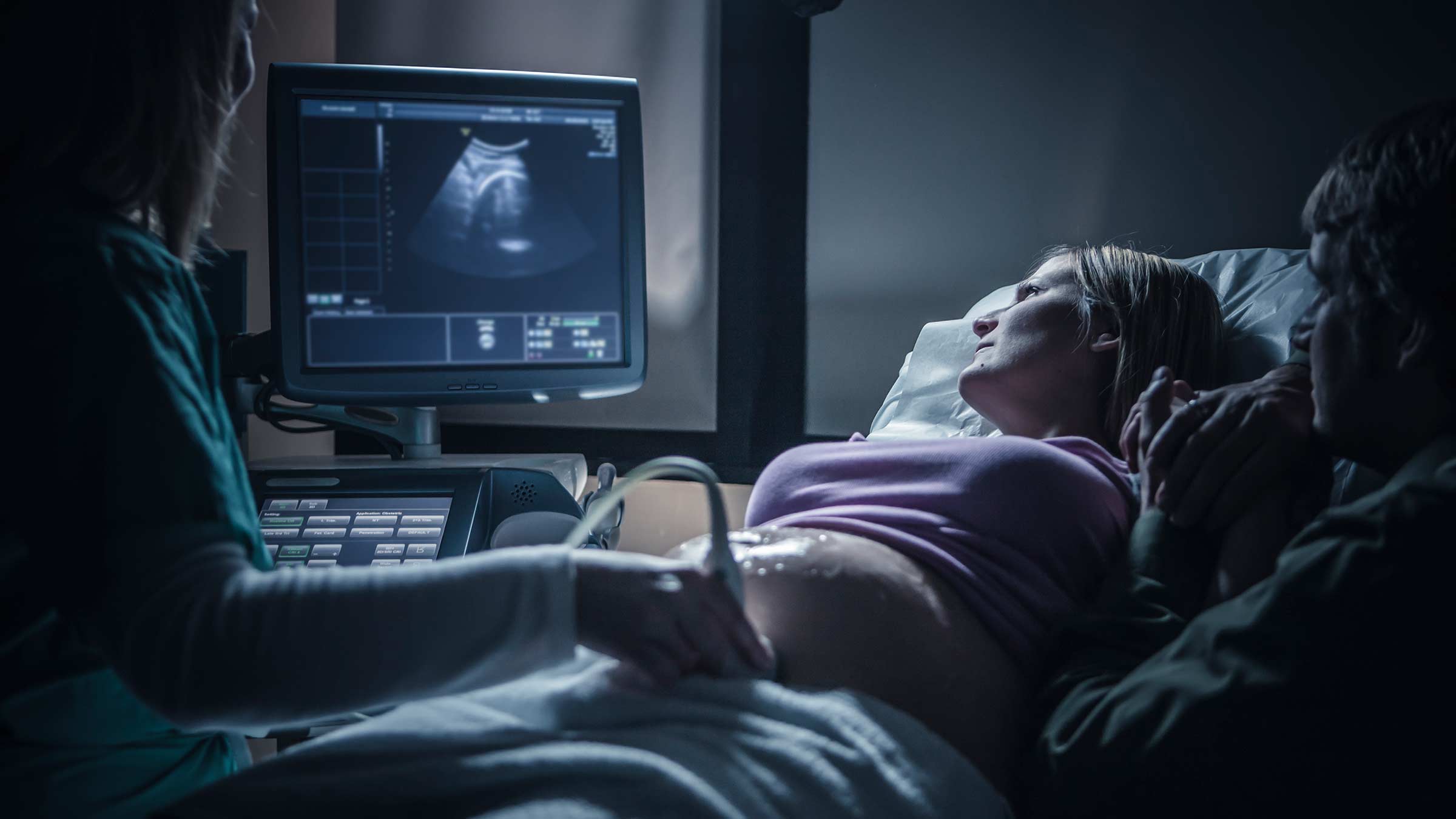
A welcoming new space
When the Ohio State Wexner Medical Center’s new hospital tower opens in February 2026, expecting parents will have even more accommodations:
- Private, spacious patient rooms
- Intensive care unit (ICU) beds on the same floor as labor and delivery for people with critical illnesses.
- An additional operating room, bringing the total to four, which increases capacity to deliver babies, up to 7,000 a year, compared to the current 5,600.
- A designated area for high-risk pregnant mothers needing to be hospitalized before going into labor.
“The new tower will allow us to have state-of-the-art facilities to deliver care to the most complicated obstetric patients along with providing care for uncomplicated pregnancies,” says Mark Landon, MD, the Richard L. Meiling Chair of Obstetrics and Gynecology at the Ohio State College of Medicine.
“Expecting moms facing challenges can count on our seasoned programs and unmatched care in central Ohio.”
Instead of bed rest
Just after finding out she was expecting MoMo twins, Feinberg began having regular ultrasounds to make sure each twin was growing well. At the time, she was a stay-at-home mom for her son, Casen, who was a little over a year old at the time.
Still, she made time to exercise regularly. Even after she was pregnant with her twins, she continued lifting weights and walking.
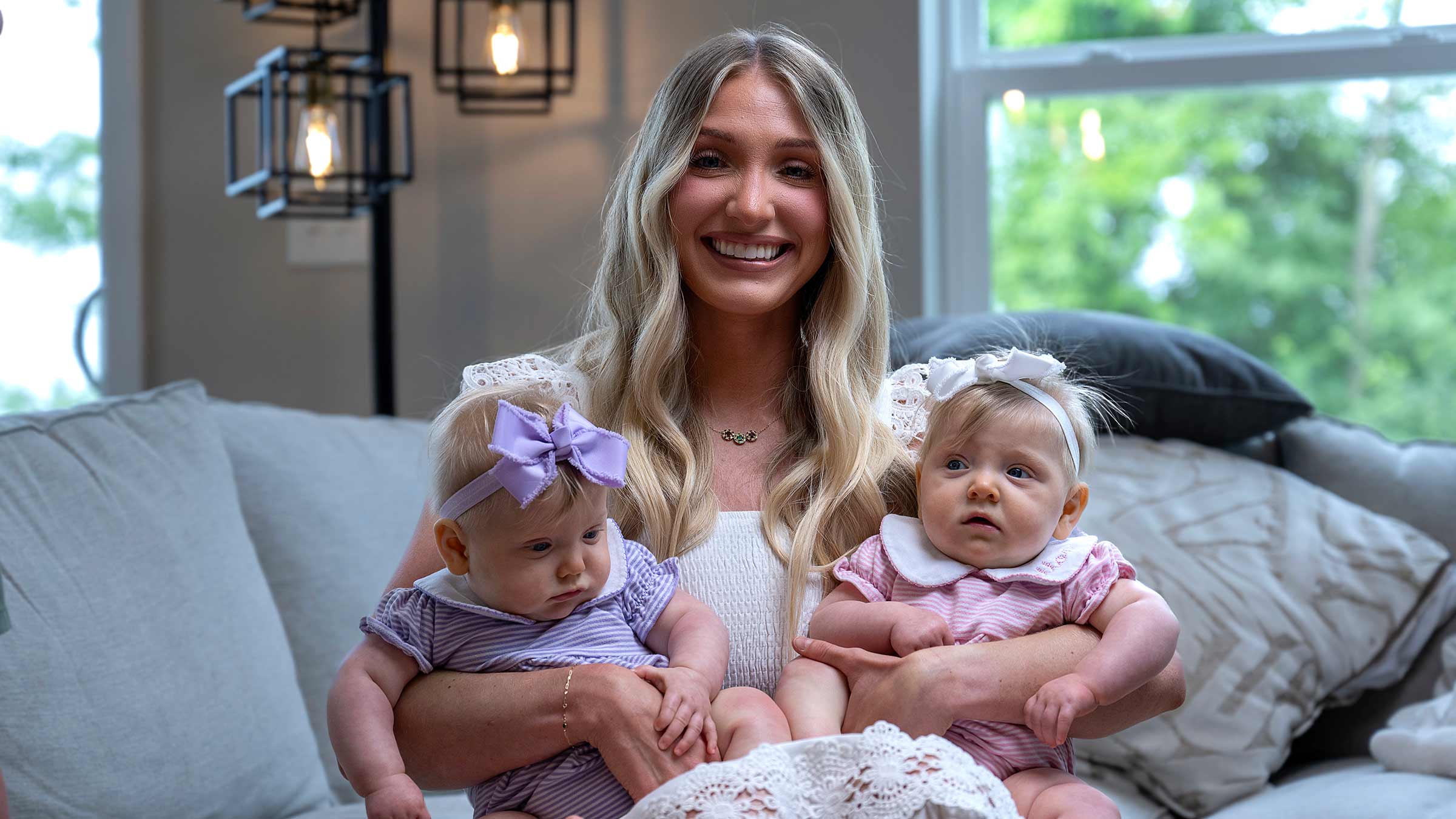
“When people think of high-risk pregnancies, they think of bed rest. I was working out,” says Feinberg, a competitive swimmer in college and a former body builder.
That’s exactly what her doctors had wanted her to do. She was healthy, and the twins were doing well. At 28 weeks pregnant, she began a planned stay in the hospital and, even then, she wasn’t on bed rest. She was up and around, taking walks every day.
When Feinberg began writing about her experiences on Instagram and Facebook, she heard from mothers around the world. Her posts went viral, in part, she says, because few people knew what MoMo twins were, and mothers wanted to connect.
On Jan. 15, at 33 weeks pregnant, Feinberg gave birth to Sutton, then 2 minutes later, to Callahan. Each girl weighed a little over 4 pounds. Feinberg was just able to wrap her arm around Sutton before both newborns were whisked away to the neonatal intensive care unit (NICU). Later that day, both parents had their first chance to cradle their newborn twins, both on oxygen.
“To be blessed to have two babies and to get to hold them, it’s just indescribable. The feeling of love and being able to see them for the first time and getting to know them,” Madison Feinberg says.
After about a month in the NICU, Sutton and Callahan were healthy enough to go home.
“It was not the journey I ever imagined,” Feinberg says of the challenge of having MoMo twins. “But it has become one of the greatest blessings of my life.”
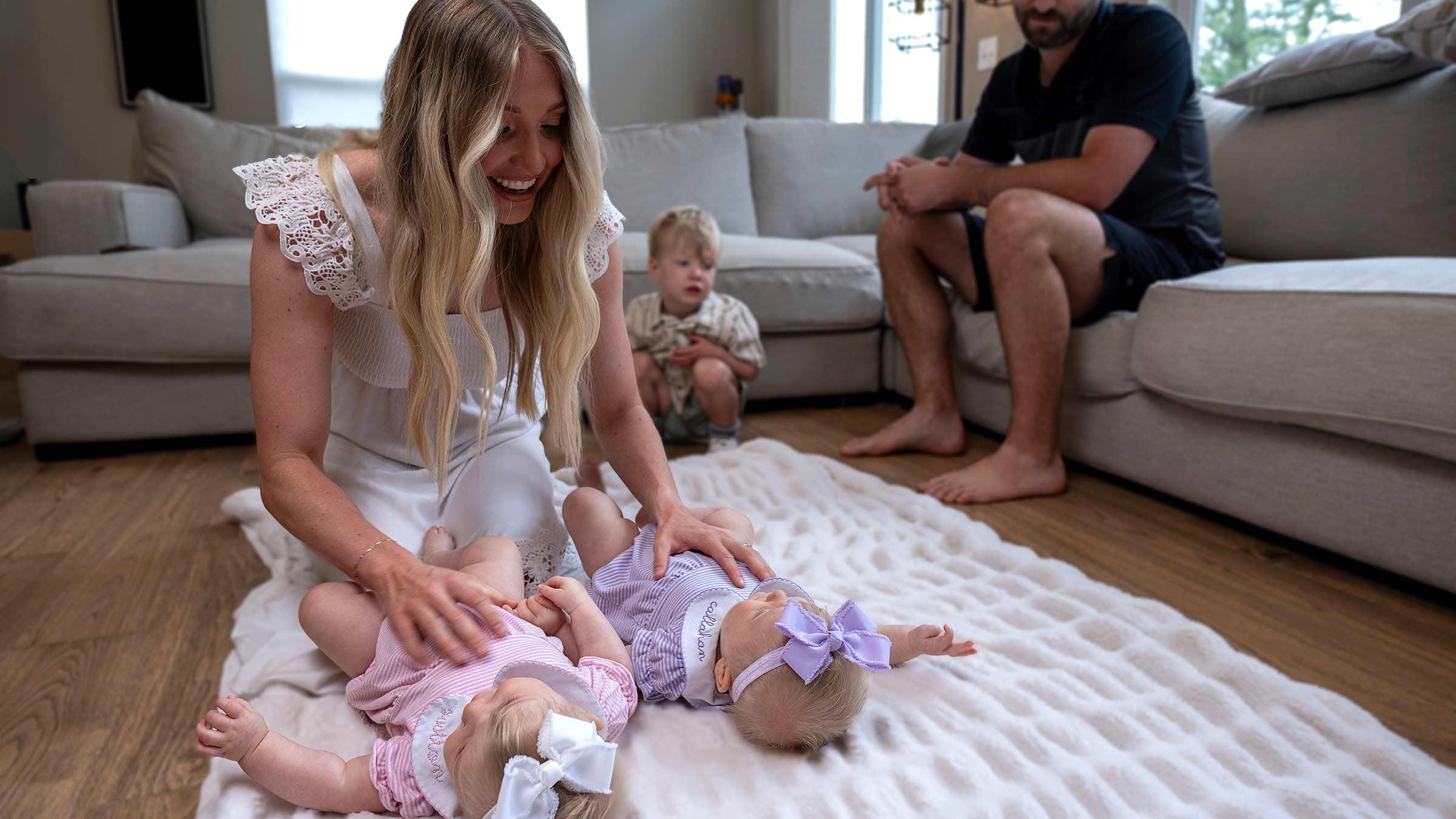
Prepared for the highest-risk patients
In most cases, children are born with no major health issues for the parent or their baby. However, the rate of high-risk pregnancies has been increasing nationally because of rising rates of chronic conditions including diabetes and obesity, and some people getting pregnant in their late 30s or into their 40s, putting them at higher risk for genetic abnormalities.
Besides the high-risk nature of some pregnancies, sometimes during labor or shortly after giving birth, the parent may experience serious complications. And that may put their long-term health and possibly even their lives at risk.
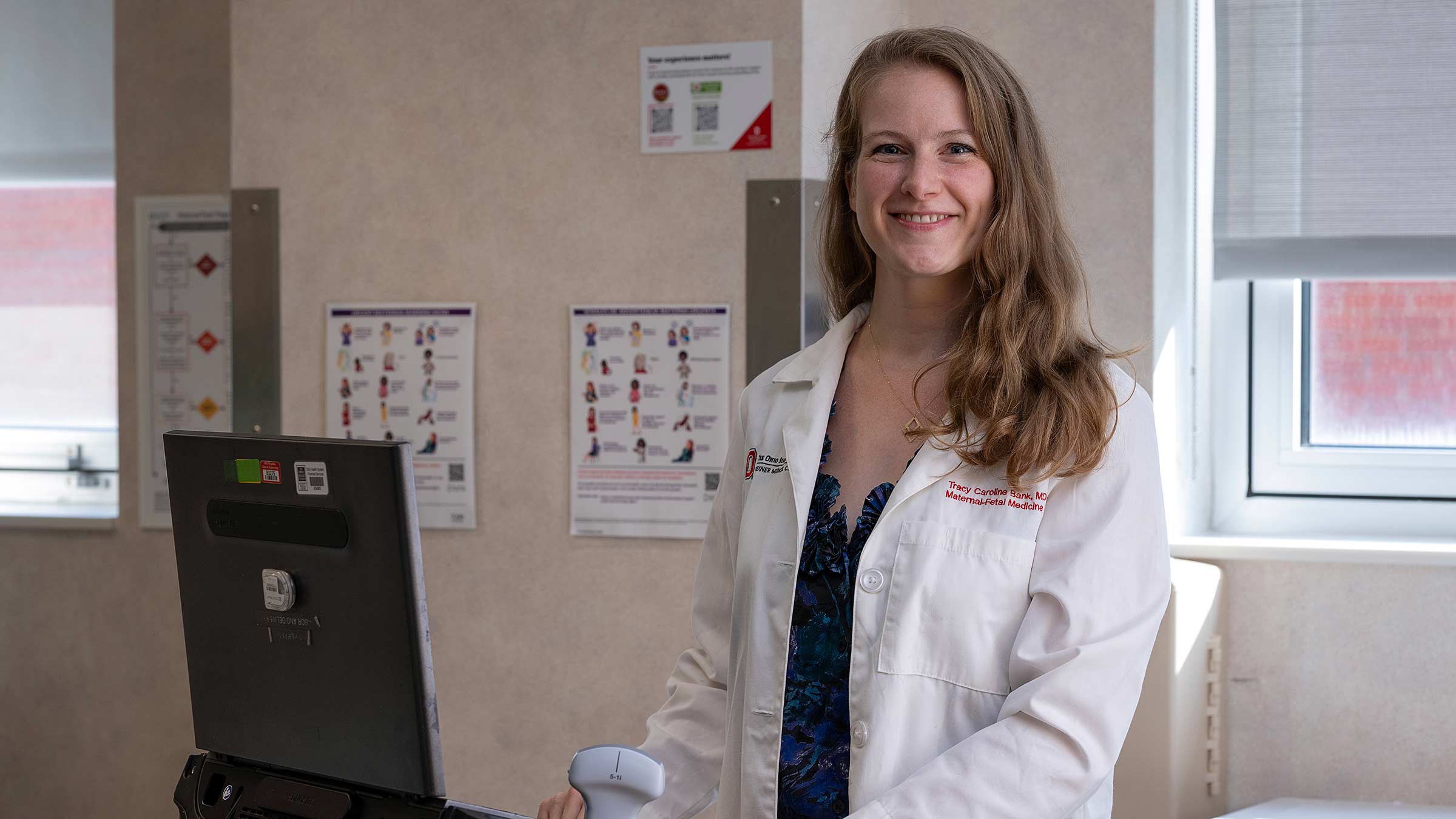
“Unexpected events can happen during any pregnancy,” says Tracy Caroline Bank, MD, who’s among the few maternal fetal medicine providers in the country with training in critical care, treating people at risk of dying.
“Every individual, including those living with significant health challenges, deserves the safest, most fulfilling birth experience possible.”
When a Columbus mother’s pulse stopped during labor in 2024, and her baby’s heart rate dropped, Dr. Bank and a team of physicians led the efforts that saved both mother and newborn.
Although she had a healthy pregnancy, the mother had a rare allergic reaction during delivery when amniotic fluid entered her bloodstream. She recovered within days and gave birth to a healthy baby.
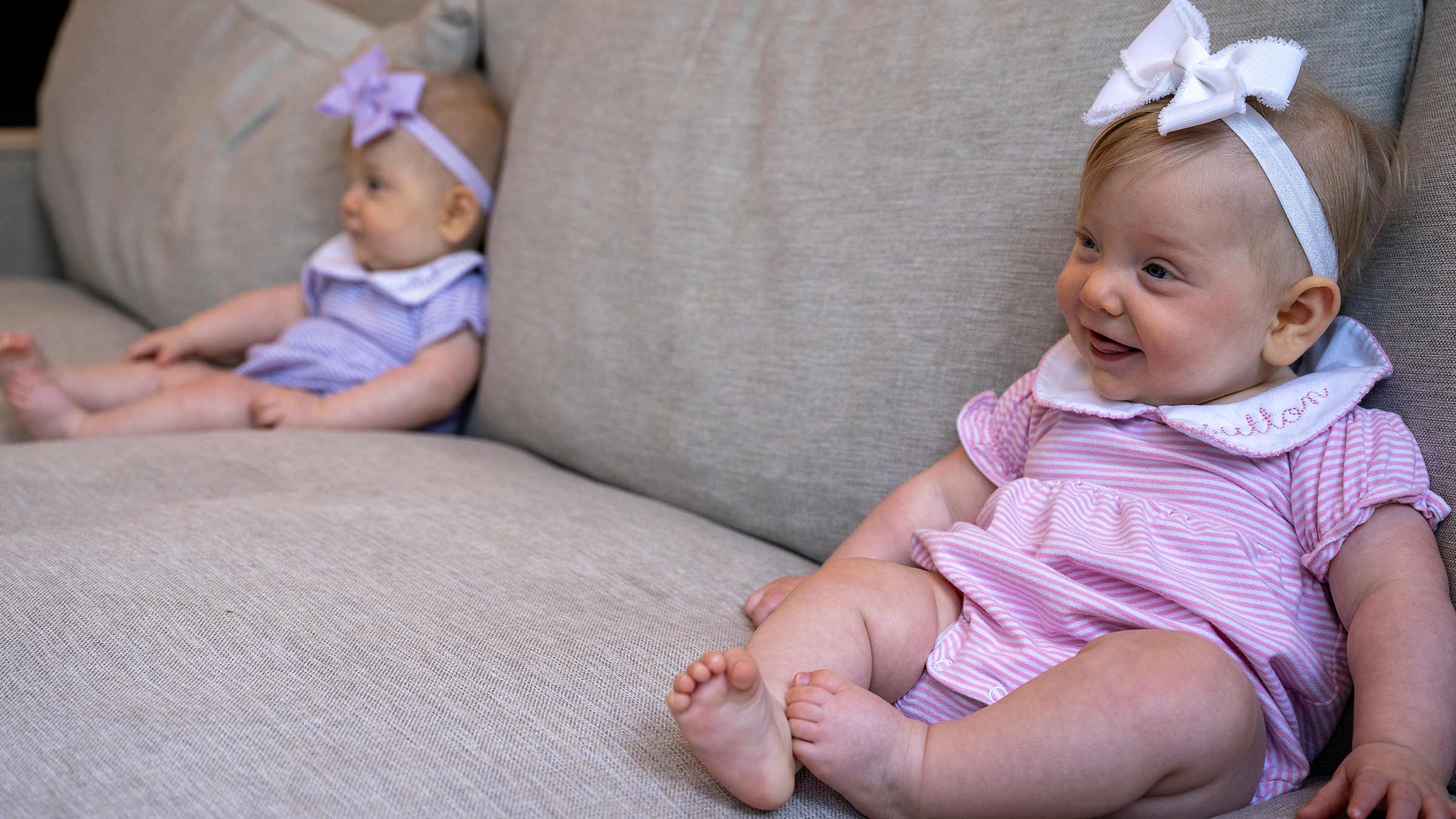
Settling in and growing strong
Early on a Sunday morning, the twins sit quietly on the wide couch in their living room in Plain City, Ohio, while their mother gets dressed upstairs. The night before, the twins took turns waking up at 11, then 1, then 5, then 6:30.
The girls, who shared such a cramped space in utero for 33 weeks, now don’t seem to notice each other. They’re mostly still as they watch their brother, Casen, move about.
“Do you know who’s Sutton?” Chad Feinberg asks Casen.
The twins’ names are sewn on the collars of their onesies, but Casen, now 2-and-a-half years old, doesn’t read yet. He points to Callahan.
“No,’’ his dad says, smiling, then Casen gestures to his other sister.
It’s not easy to figure out who’s who, except for a red birthmark on Sutton’s leg. Feinberg mistook it for a scratch soon after the twins were born. But the birthmark has grown as Sutton has grown. It’s expected to go away in a few years. For now, her mother calls it a “saving grace,” an easy way to tell the girls apart.

Join the family of Buckeye Babies
Learn about obstetrics and gynecology services from central Ohio's most experienced team.
Get started



